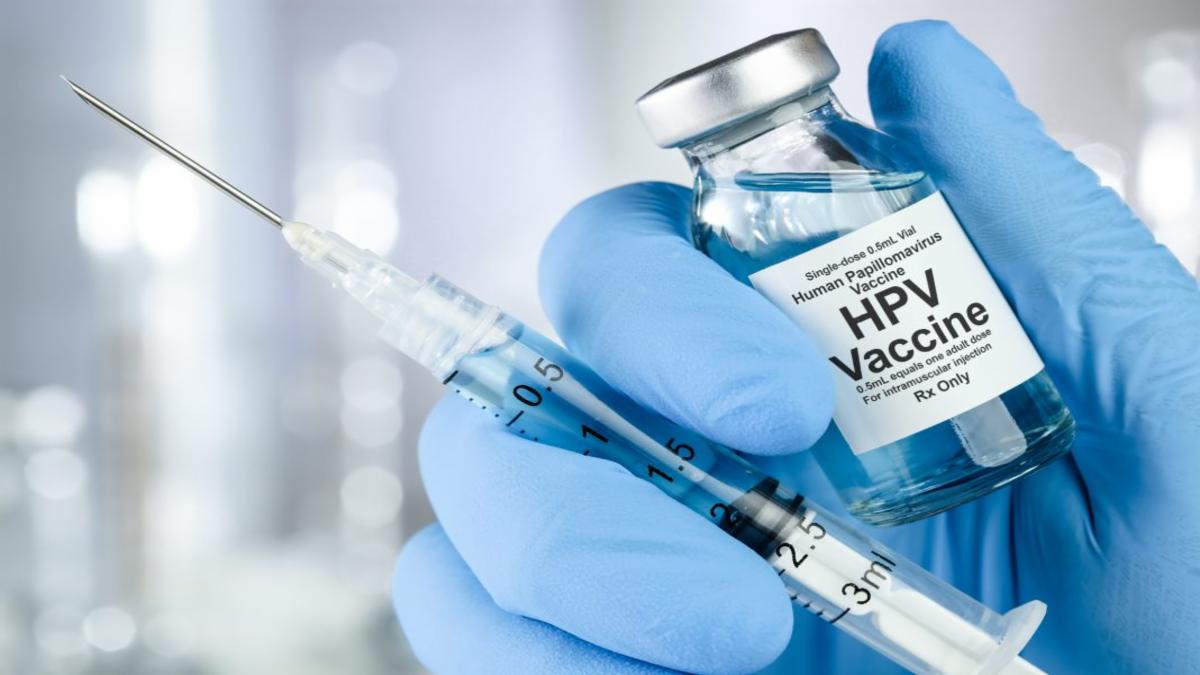Article Body
Introduction
Numbers tell the real story behind public health. For years, HPV vaccination was synonymous with cervical cancer prevention and young women. Today, the data show a broader, more urgent mission: immunize boys as well, and stem the tide of HPV-related cancers in all populations.
A Timeline of Major Milestones
| Year | Milestone |
|---|---|
| 2006 | First HPV vaccine approved for girls |
| 2011 | Approval and CDC recommendation expands to include boys (US) |
| 2022 | WHO advocates one- or two-dose schedule, encourages inclusion of boys |
| 2025 | Only 4% of boys worldwide fully vaccinated (vs. higher in girls) |
The Statistics: Vaccination Rates and Impact
-
Global Coverage: As of 2025, only 4% of boys have been fully vaccinated worldwide; girls fare better but rates still lag global targets.
-
United States: Following expanded guidelines, US coverage among boys rose but remains below levels authorities hoped for.
-
Cancer Trends:
-
In the US, cervical cancer deaths in women dropped 62% since widespread HPV vaccination began.
-
Anal, penile, and oropharyngeal cancers in men remain significant threats, with data suggesting rising incidence without broader vaccination of boys.
-
Efficacy by the Numbers
-
HPV vaccine efficacy (in males, per randomized trials):
-
91%–93% efficacy against anal intraepithelial neoplasia (AIN1, AIN2/3)
-
89%+ efficacy against genital warts in HPV-naïve males
-
-
Community Benefit: Countries that included boys in vaccination programs report sharper drops in overall HPV infection rates.
Vaccination Schedules and Evolution
-
Recommended Ages: Vaccinate both boys and girls at 9–14 for highest immune response and protection.
-
Dosage:
-
Two doses: if started before age 15
-
Three doses: if started after 15th birthday
-
New WHO guidelines (2022): one-dose schedules now considered comparably effective for some ages, a move aimed at improving access, especially in resource-strapped areas.
-
Historical Lessons and Missed Opportunities
Early programs focusing on girls alone delayed full community protection. Genital wart surveillance shows reduced incidence in heterosexual men even following female-only vaccination, yet the most robust protection comes when both genders are vaccinated. Vaccine hesitancy and logistical obstacles in lower- and middle-income countries remain pronounced.
Visual Data Representation
HPV Vaccination Impact Timeline:
| Year | Female-Only Vaccination | Both Sexes Vaccinated |
|---|---|---|
| 2006–2010 | Seen sharp cervical cancer and genital wart reduction in girls; modest in boys (herd effect) | Rare (pilot programs) |
| 2011–2019 | More countries add boys; significant decrease in HPV disease burden in both sexes | Better data emerges |
| 2022–2025 | WHO urges universal access; coverage still insufficient, especially for boys |
Conclusion
While girls have historically been the face of HPV vaccine campaigns, the numbers—and the cancers—tell us boys should stand alongside them in line. Only full inclusion will bend the curve on HPV transmission, community immunity, and cancer statistics worldwide.
“The data are unambiguous,” said Dr. Jonas Meijer, epidemiologist in Amsterdam. “Vaccinate boys and girls. Anything less is public health shortsightedness.”
For more:


Comments